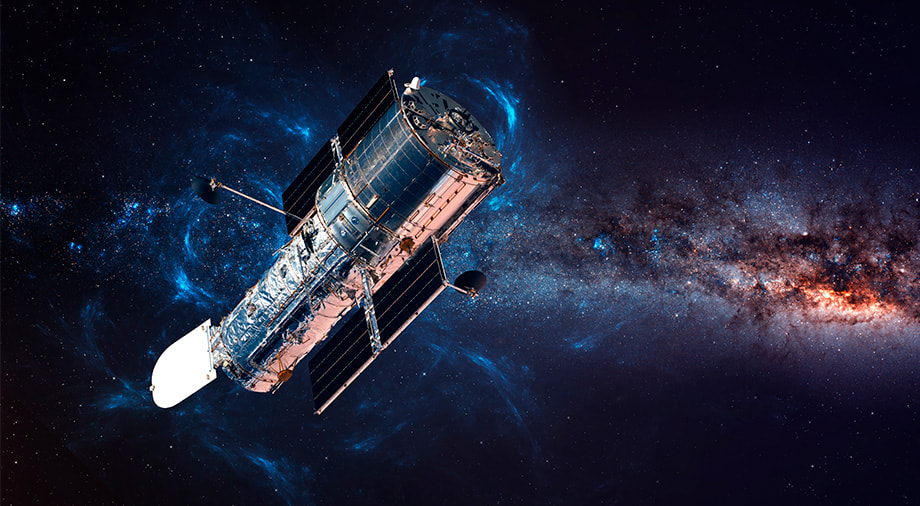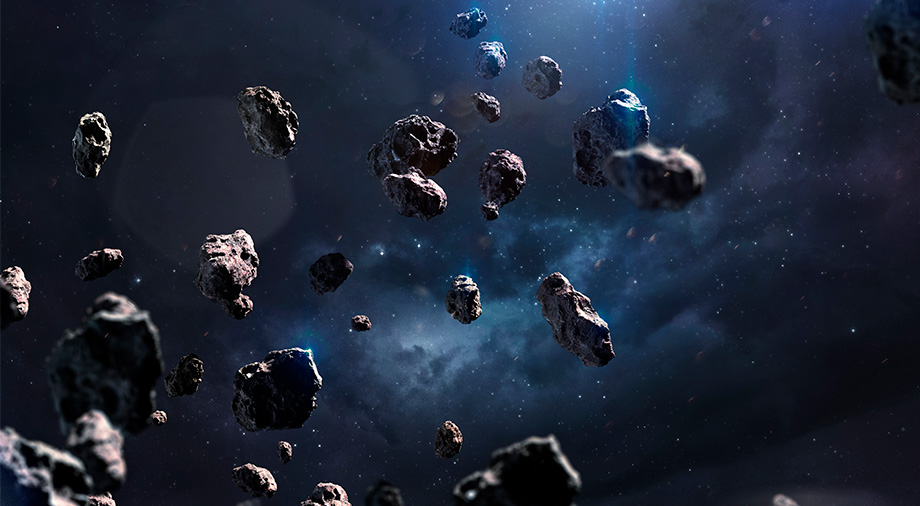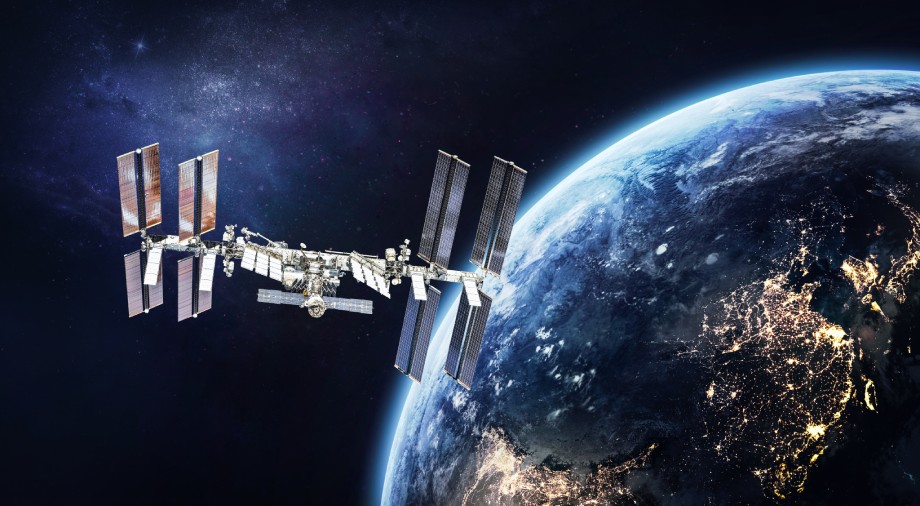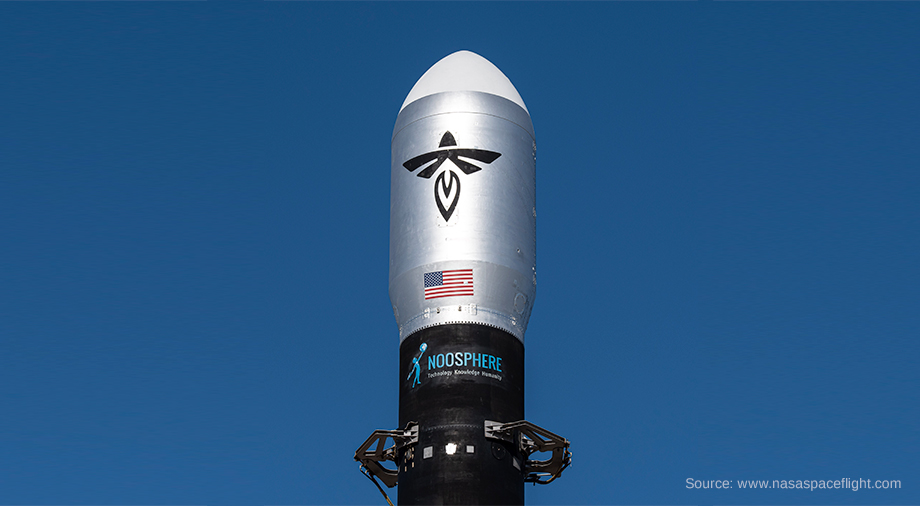The Hubble orbital telescope, over the course of its operation, has helped reveal some of the biggest scientificdiscoveries in the field of astronomy, uncover the age of the Universe, and conduct over a million different scientific researches.
This article will discuss the history of the Hubble telescope creation, the world’s most well-known orbital telescope, as well as its influence on science and humanity as a whole.
The story of Hubble’s creation
On December 7, 1968, at the Kennedy Space Center in Florida, technical specialists were focused on checking the systems of the orbital telescope OAO-2 (Orbiting Astronomical Observatory). Its launch was due in only a few hours.
OAO-2 was the second orbital telescope in history. Its predecessor, OAO, had been launched two years prior, but ran into some bad luck: three days after launch, its power systems began malfunctioning.
NASA and scientists put a lot of hope into this new orbital telescope. It would be able to gather a far greater amount of data about the universe than Earth-bound telescopes, and the data received would be even more precise. The orbital telescope, being in space, would avoid interference caused by the Earth’s atmosphere.
OAO-2 was successfully launched on December 7, 1968. Its launch began a new epoch in the development of astronomy: scientists received far clearer pictures of the universe than had previously been possible, giving rise to new discoveries.
The OAO program was an unqualified success, which is why the United States National Academy of Sciences soon turned to NASA with a request of creating a new project: the Large Space Telescope. This project was later renamed Hubble, in honor of Edward Hubble – a well-known U.S. astrophysicist who discovered the asteroid designated 1373 Cincinnati.
NASA had already been considering the creation of a new space telescope, but it hadn’t decided on how large to make it and where to start.
In 1971, George Low, the acting NASA administrator at the time, gave a green light to the idea and soon NASA began lobbying Congress for funds for the project.
Difficulties in realization
It proved difficult to convince Congress of the necessity of the project. In 1975, the House of Representatives Appropriations Subcommittee initially rejected the funding request. NASA then enlisted the support of the European Space Agency, which divided the costs in exchange for 15% of the observation time on the telescope. This helped convince Congress to finance the project.
Leading players of the space industry from 12 countries, scientific centers, and institutes were selected for the telescope’s construction, who took on the work of realizing the project.
For example, the Perkin-Elmer Corporation (an American corporation specializing in diagnostics, biological food research, environmental and industrial testing – ed.), developed an optical telescope assembly and precision aiming sensors. The Lockheed Missiles and Space Company designed the outer structures of the spacecraft and modules for auxiliary systems, and also performed the final assembly of the telescope. NASA selected the Goddard Space Flight Center in Greenbelt, Maryland as the lead developer for the telescope’s scientific instruments and ground control for the space observatory.
However, the project ran into delays related to cost underestimations and technical requirements for a modern telescope, which pushed back the launch date to 1986.
Yet that year would prove to be unfortunate as well. The world was consumed by the Space Shuttle Challenger catastrophe, which saw the deaths of all seven of its crew. This pushed back the project’s launch by several years. However, scientists and the project team members took the time to cut through a few knots. They created solar panels, computers, and system links, as well as conducting stress-tests in order to make sure everything was ready for launch.
Hubble space telescope finally launched in 1990. However, the first pictures the telescope sent back revealed that all was not well with the telescope’s optics. The cause was revealed to be a defect in the telescope’s main mirror, which had not been polished to the correct curvature. The defect was tiny – the thickness of one-fiftieth of a sheet of paper – yet this was enough to cause serious problems. Thankfully, the defect was fixed in 1993.
What Hubble telescope did for humankind
Hubble is situated approximately 547 km above the Earth’s surface, and moves at about 28,000 kmph. Hubble collects and sends approximately 120 gigabytes of data per week.
Much of this data is entirely unique. In 1995, astronomers pointed Hubble telescope at seemingly empty sky in the Ursa Major constellation, and captured more than 3,000 images of galaxies too distant to be detected by other telescopes. Some of the galaxies pictured were so young that they had yet to begin the star-forming process.
Aside from learning about the early universe, Hubble helped astronomers define how much time had passed since the Big Bang. By measuring a special type of pulsating star known as a Cepheid variable, scientists have been able to narrow the age of the universe to a more accurate 13.8 billion years.
Hubble space telescope also aided in the discovery of dark matter, which comprises approximately 23% of the universe. The orbital telescope has discovered two new moons of Pluto, named Nix and Hydra, and plotted seasonal changes on the planetoid’s surface.
It’s even helped detect gamma-ray bursts – the most powerful known explosions in the universe, which usually release more energy in seconds than the Sun releases in all its 10 billion years of life. The origin of these explosions remained a mystery for decades. Hubble helped discover that these bursts usually occur in galaxies that are actively forming stars and have a low metallicity – that is, these are galaxies with a low content of elements heavier than helium.
In total, the orbiting telescope has made over 1.3 million observations since 1990.
In the future, Hubble space telescope will continue to be used to study the universe. And soon, a new generation telescope – the James Webb Space Telescope – will come to its aid. The James Webb Space Telescope will provide improved infrared resolution and sensitivity compared to Hubble, and will allow for a wide range of research in the fields of astronomy and cosmology, including observation of some of the most distant events and objects in the Universe, such as the formation of the first galaxies. At time of publication, the launch of the aforementioned telescope is scheduled for late 2021.





